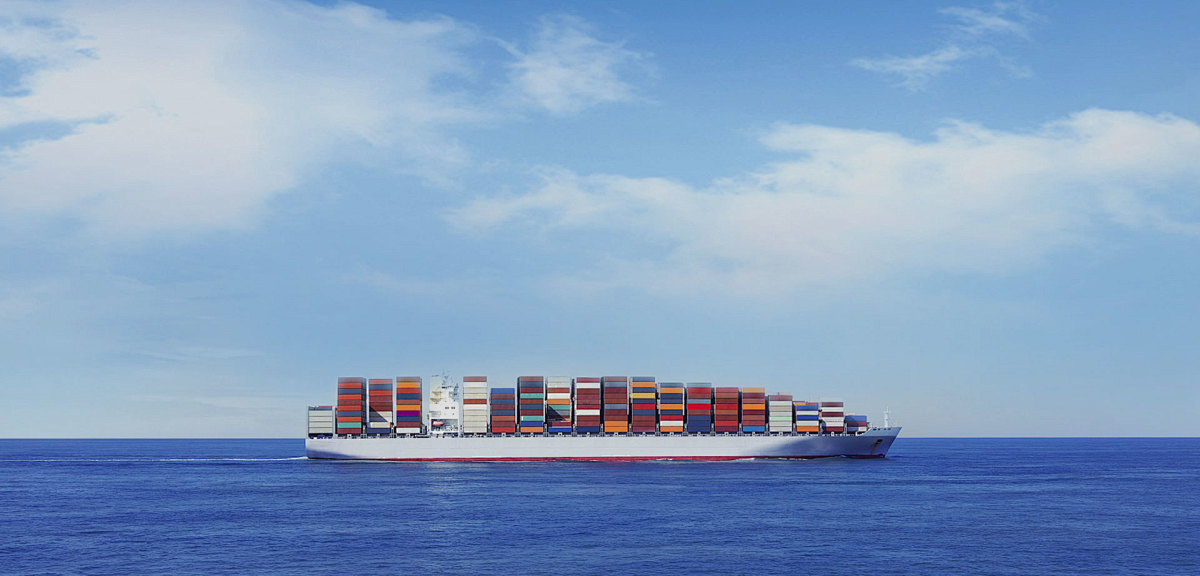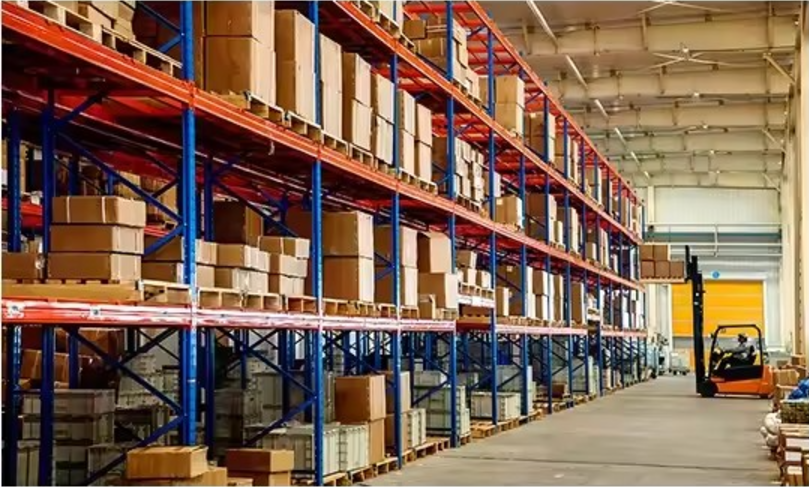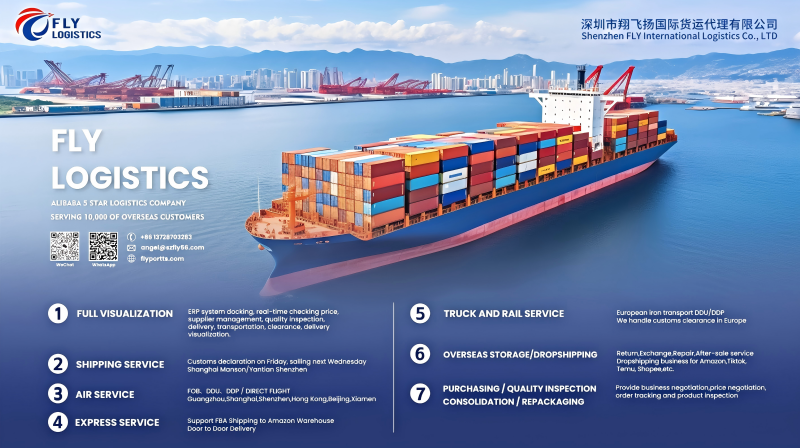The Red Sea crisis has thrown the shipping market into a frenzy and caused ocean freight rates to rise. The Red Sea, a vital maritime corridor connecting Europe, Asia, and Africa, has long been a crucial artery for global trade. Recently, geopolitical tensions in the region have sparked fears of disruption, prompting discussions about their impact on ocean freight rates. As shipping companies and cargo owners brace for potential instability, understanding how crises influence freight costs is essential for navigating today’s complex logistics landscape.
The Red Sea’s Importance in Global Trade
The Red Sea is a key route for maritime traffic, especially for shipments headed to and from the Suez Canal, one of the world’s busiest waterways. According to the Suez Canal Authority, around 12% of global trade passes through this vital channel. Major commodities transported through this route include oil, natural gas, and manufactured goods, making it indispensable for supply chains worldwide.
Current Geopolitical Context
Tensions in the Red Sea region have escalated due to conflicts involving various nations and non-state actors. For instance, increased military activity from regional powers and incidents involving piracy and attacks on shipping vessels have raised concerns about the safety of navigation. The International Maritime Organization (IMO) has warned that any sustained disruption could have severe implications for shipping, leading to increased insurance premiums and heightened security measures.
How Crises Affect Ocean Freight Rates
When crises emerge, ocean freight rates can be significantly impacted due to several interconnected factors:
- Increased Insurance Costs: Shipping companies often face higher insurance premiums during periods of unrest. For instance, according to the Baltic and International Maritime Council (BIMCO), the cost of marine insurance in the Red Sea region rose by 20% following escalated tensions, contributing to overall freight rate increases.
- Supply Chain Disruptions: Disruptions in the Red Sea can lead to delays and rerouting of vessels. A report from Clarksons Research indicates that vessels may divert to longer routes to avoid high-risk areas, leading to increased fuel consumption and operational costs. These costs are typically passed on to customers in the form of higher freight rates.
- Reduced Vessel Availability: As shipping companies become more cautious, some may choose to withdraw their vessels from the region temporarily. The drawdown of capacity can lead to supply-demand imbalances, causing freight rates to surge. For instance, during the 2020 conflict escalation, some freight rates surged by over 15% due to reduced shipping availability.
- Panic Buying and Stockpiling: In anticipation of possible shortages, businesses may engage in panic buying or stockpiling goods. This surge in demand can further strain available shipping capacity, pushing freight rates upward. According to the Freightos Baltic Index, average container freight rates rose by nearly 25% during geopolitical crises due to increased demand.

Data on Ocean Freight Rates
To illustrate the current impact of the Red Sea crisis on ocean freight rates, let’s analyze some recent data:
- Container Freight Rates: As of September 2024, the average spot rate for a 40-foot container from Asia to Europe reached $2,900, up from $2,300 in early 2024, according to Freightos. Analysts attribute this increase to heightened tensions in the Red Sea, which have led to delays and rerouting.
- Oil Freight Rates: The cost of shipping crude oil via the Red Sea has also seen a marked increase. According to the Platts Global Shipping Index, VLCC (Very Large Crude Carrier) rates have surged from approximately $60,000 per day in July 2024 to over $90,000 per day by October 2024, reflecting the increased risks and operational costs associated with navigating the area.
- Global Shipping Costs: The Global Freight Index reports that overall shipping costs have increased by 18% since the onset of the Red Sea crisis. This index reflects various routes and cargo types, indicating that the ripple effects of the crisis are being felt across multiple shipping sectors.
Implications for Businesses
For businesses relying on global supply chains, rising ocean freight rates can have profound implications. Increased costs can erode profit margins, necessitating price adjustments that may affect consumer pricing. Companies might also need to reconsider their logistics strategies, potentially shifting to alternative modes of transport, such as rail or air freight, which may offer more reliability despite higher costs.
Conclusion
The Red Sea crisis exemplifies how geopolitical tensions can significantly impact ocean freight rates, affecting global trade dynamics. As ocean freight rates climb due to increased insurance costs, supply chain disruptions, and reduced vessel availability, businesses must remain agile to navigate these challenges. By understanding the factors driving rate increases and implementing proactive strategies, companies can better manage their logistics operations in this uncertain environment. As the situation evolves, staying informed and adaptable will be crucial for those relying on maritime trade to thrive in the global marketplace.
Shenzhen Fly International Logistics Co., Ltd. is a leading freight forwarding company dedicated to providing professional and reliable logistics solutions. We specialize in a wide range of services, including ocean freight, air freight, and customs clearance, ensuring that your goods are transported efficiently and securely. If you’re interested in understanding more about ocean freight rates from China to USA, we are here to help. Our team of experienced logistics professionals can provide you with detailed information about current rates, shipping options, and transit times tailored to your specific needs.
FLY LOGISTICS has years of experience in sea freight and maintains long-term relationships with major global shipping companies, ensuring stable schedules and competitive rates for our customers. Our digital logistics system supports real-time price inquiries and cargo tracking, allowing customers to monitor the status of their shipments for a more efficient and transparent logistics experience. Whether FCL or LCL, FLY LOGISTICS is committed to providing one-stop logistics solutions to meet diverse customer needs.
We welcome customers to contact us anytime for inquiries. Our professional team is ready to provide you with the fastest and most accurate rates and solutions. FLY LOGISTICS upholds a customer-first service philosophy, helping you expand your international business with ease.





